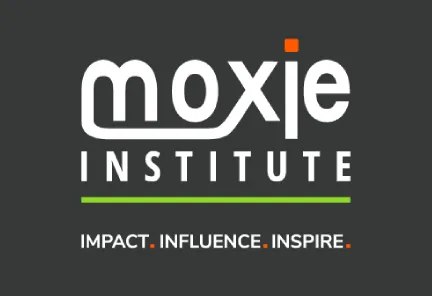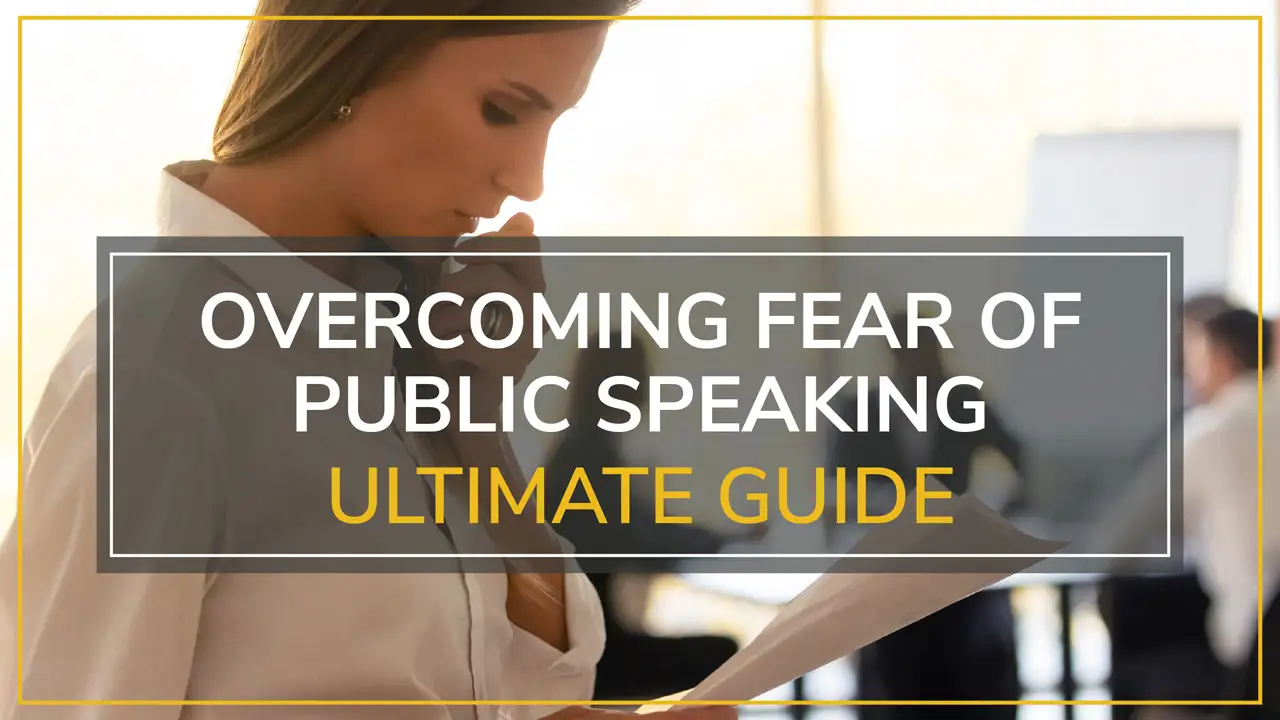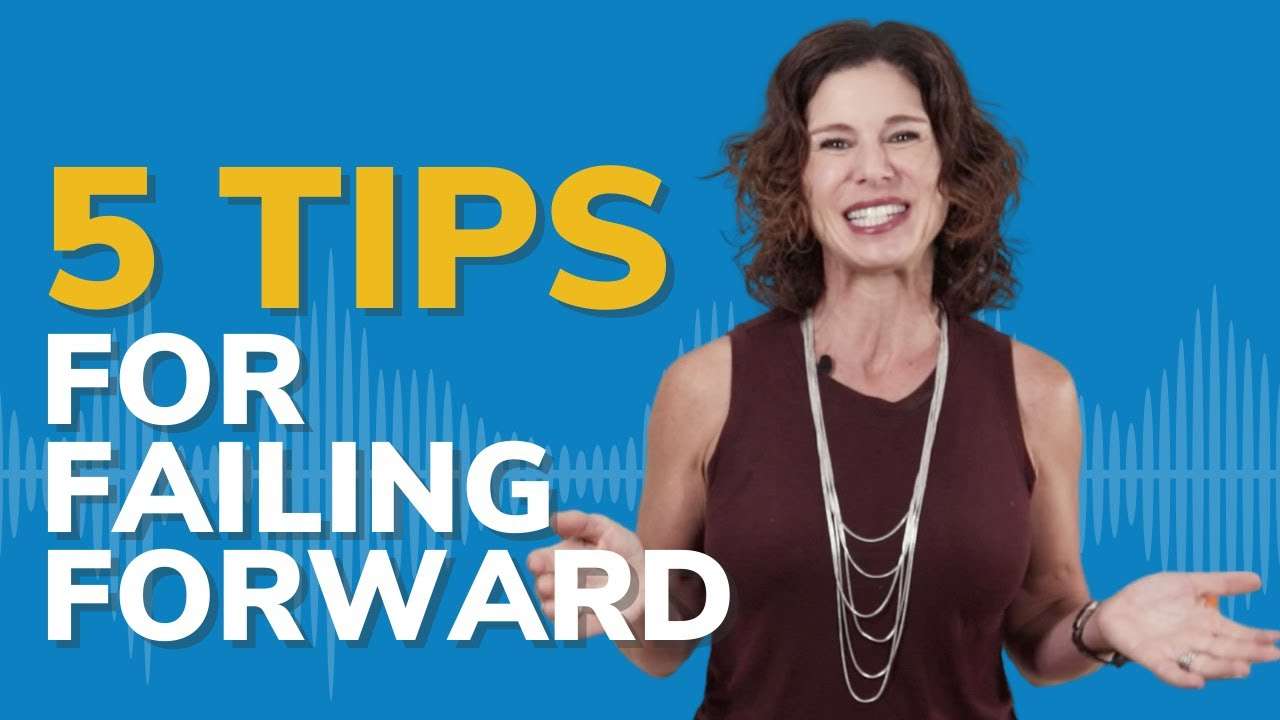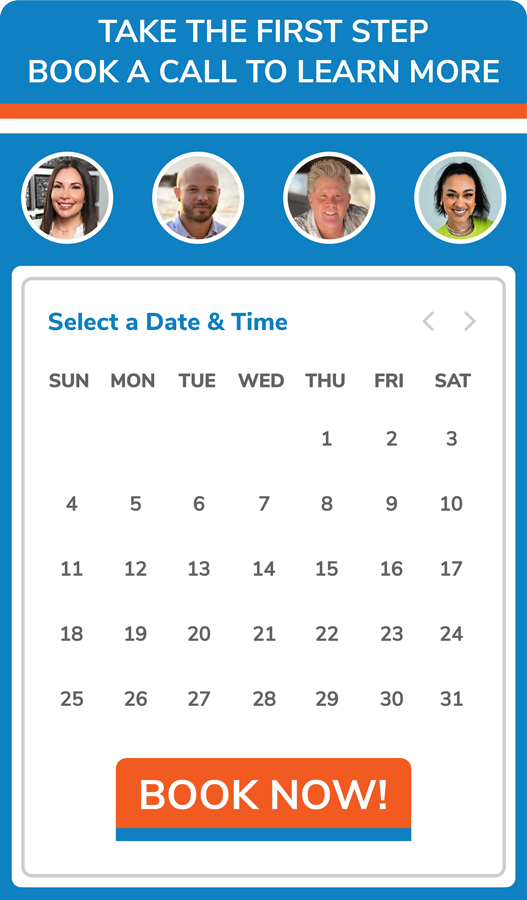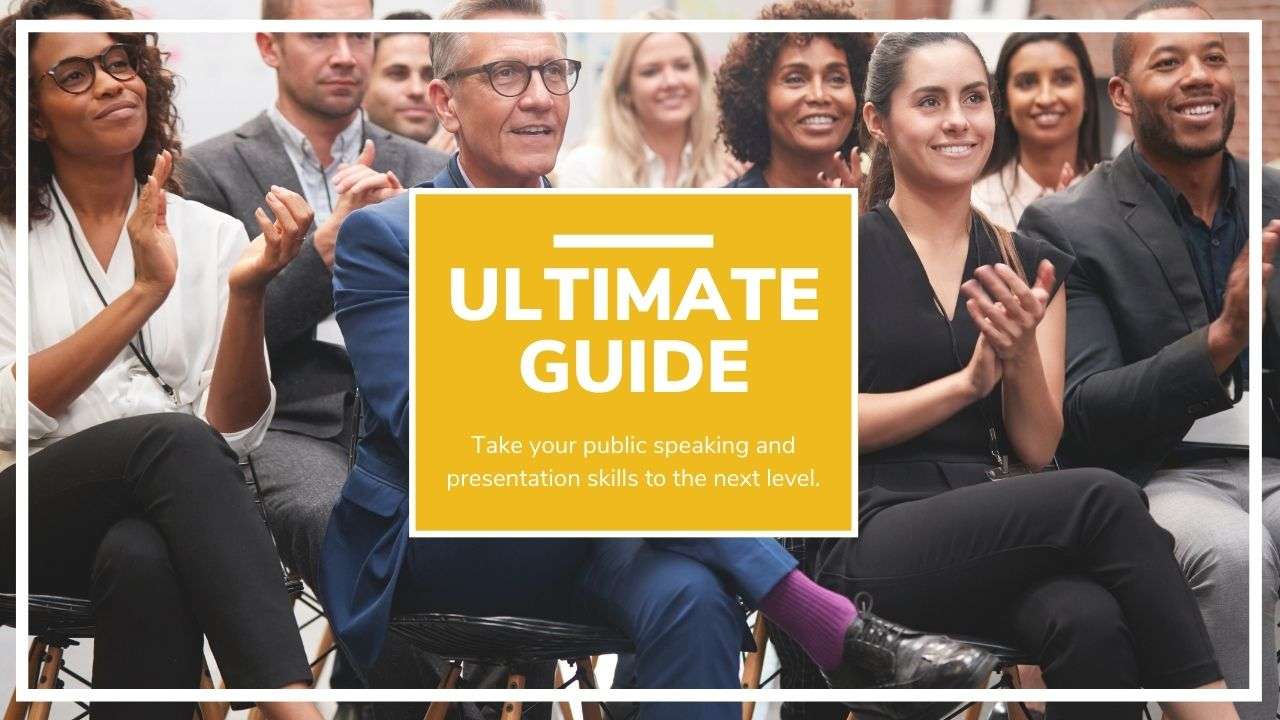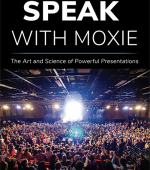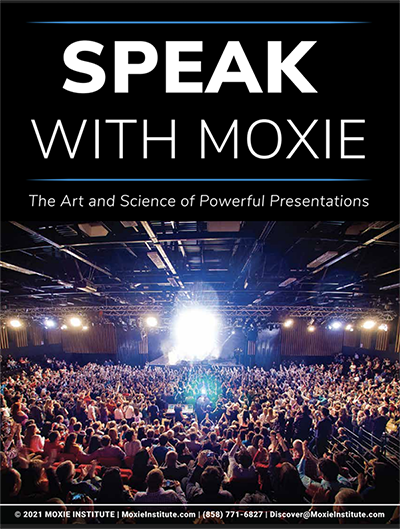According to most studies, people’s number one fear is public speaking. Number two is death… This means to the average person, if you go to a funeral, you’re better off in the casket than doing the eulogy.
— Jerry Seinfeld
Although it may seem ridiculous, Seinfeld’s right.
Believe it or not, over 75% of the general population is believed to be afraid of public speaking. It even has its own name–glossophobia.
So, if you struggle with:
- Voice cracking
- A quivering voice
- Speaking too fast
- High-pitched tones at the worst moments
Just know you’re not alone. These are often caused by fear, anxiety, or sometimes just because you don’t know the right technique.
But these can all be fixed!
Having taught countless CEOs, TEDx speakers, and top-tier professionals, trust us when we say that the key to speaking clearly lies not only in your voice, but also in your body and mind.
Below, we will cover exercises guaranteed to help you speak like a professional. Of course, these aren’t miracle elixirs that’ll fix your voice cracks in one go. Learning how to speak clearly and confidently takes practice and conscious effort.
But one thing is for certain—even our most experienced clients still use these exercises before presenting. Because they work.
Ready to speak like a pro? Read on!
Table of Contents
ToggleBody: Where It All Begins
When our fight, flight, or freeze instinct kicks in, our muscles tense up, our heart rate skyrockets, and we breathe short, shallow breaths. None of which adds to our vocal executive presence.
But there is a solution–diaphragmatic breathing.
So, when the adrenaline starts pumping, resist the urge to breathe into your chest, and try breathing into your belly instead.
- Lower your blood pressure
- Stimulate your vagus nerve
- Lower your heart rate
- Improve your concentration
- Help you relax and feel less anxious
- Cause full oxygen exchange
And potentially much, much more.
On top of all the health benefits, diaphragmatic breathing gives you a deeper, more resonant voice. Both of which will help you make more money and retain your job longer.
So, let’s tap into that diaphragm and learn how to really breathe.
Supportive Breathwork
Have you ever eaten nigiri? It’s a simple sushi roll, fish on top with rice on the bottom. It’s not only delicious, but the visual is perfect for explaining how this all works.
You see, powerful voices function like nigiri. Your voice is the fish, and your breath is the rice underneath supporting it.
Without the breath (or rice), the voice is like a sad, limp piece of fish on the table. If you want to support your big, juicy fish voice, you’re gonna need a huge hunk of rice supportive breathwork.
Diaphragmatic breathing is the only way your voice can sound more:
- Full and rich
- Confident
- Bassy (as in a deep tone, not the fish)
The diaphragm is a sheet of muscle that stretches between the chest and abdomen. Its purpose is to contract when we inhale, so it pulls extra air into our lungs. And then, as we exhale, it expands, forcing more air out of our lungs, so that we can speak louder with more resonance.
Exercise #1: Diaphragmatic Breathing Exercise
Before beginning, bear in mind that the goal is to breathe horizontally. This means not breathing up into your chest and shoulders (i.e. heaving), but instead into your stomach so your belly and back expand out.
Yes, we know, no one likes the idea of pushing out their belly. But trust us, unless you’re in a swimsuit shoot, no one will be paying attention.
In fact, you’ll be speaking so well that they’ll simply be enthralled by your voice and listening intently.
The exercise goes like so:
- Place your hand on your belly where you can feel it rise and fall with every breath
- With your hand on your belly, take a deep breath in, feel it expand, then exhale it all out
- Take another deep breath and on the exhale, say, “Heeeeeeeeeyyy,” and feel the way your stomach sucks back in as you use your diaphragm to push air out
- If instead your chest rises or your shoulders shoot up, try lying down on your back to tap into this breathwork better. You could even place a heavy book on your belly, so you can feel the way it rises and falls with each breath.
There’s no shame in experimenting and making it work for you!
- If instead your chest rises or your shoulders shoot up, try lying down on your back to tap into this breathwork better. You could even place a heavy book on your belly, so you can feel the way it rises and falls with each breath.
- Keep breathing and this time say: “Hey you over there”
- Repeat one more time and say the full sentence: “Hey you over there, get off my cloud!”
Make sure to only speak on your exhale! Use that deep, belly breath to push the words out of your mouth. The result should be a much clearer, more resonant tone.
This exercise works wonders if you struggle with a high-pitched register, running out of air, being too quiet, and more.
And, yes, that’s a Rolling Stones lyric.
Voice: How to Speak Clearly
Supportive breathwork is the foundation we need to speak clearly. But this base layer needs a few more coats to become a masterpiece.
Picture this: you step into your boss’s office, ready to ask for that raise you’ve worked so hard for. You open your mouth, and a high-pitched, quivering, “Do you have a minute?” comes out instead of the deep, rehearsed question you’d practiced in the mirror for hours on end.
It’s laughable now, but in the moment, those cracks can feel like the end of the world.
To relieve them and achieve that masterpiece of a voice, Moxie uses the following exercises with our TEDx speakers and business clients alike.
Vocal Chords: Safety Net Or Saboteur?
Did you know that your vocal cords can stop you from drowning?
Yep! These cords, more accurately called vocal folds, function by opening and closing, so they can squeeze shut if you are in danger of inhaling water. Who knew?
However, our vocal cords are unable to differentiate between perceived stress and real-life stress. This makes them awesome for the whole drowning thing and terrible for simply being nervous before giving a presentation.
So, any time they feel under duress, they shut, which causes our voices to quiver and shake.
And that’s where the ghost exercise comes in handy!
Supportive, diaphragmatic breathing is the first step to relaxing our vocal folds. So, be sure to belly breathe throughout this exercise.
Exercise #2: The Ghost Exercise
- Put your index finger about two inches away from your mouth.
- Take a deep breath.
- Then, channeling your inner child, make your best ghost sound.
- You know the one: “Ooooooooooooohhh!” And have fun getting into that spooky, Halloween energy.
- As you do this, you should be able to feel your breath on your finger as you exhale the ghost sounds.
Placing your other hand on your belly and practicing your diaphragmatic breathing, keep “Oooooooh”-ing. The combination of deep breathing and this repetition tells our vocal cords that they’re not actually in danger. They can relax, yo!
Before your next interview or big moment, practice the ghost exercise 5-10 times to help relax your vocal cords. Remember, it’s an exercise, not a one-and-done situation.
For some of you, 5-10 times may not be enough, and that’s okay! Do it as many times as you need until your vocal cords fully relax and you feel ready to rock and roll.
You know how we said our most experienced clients still do these exercises? We weren’t kidding. Every fantastic presenter you’ve ever seen does vocal exercises just like this.
They genuinely work. And also, being a little silly before something serious helps you get out some of the nerves and relax.
And, for any of my mumblers out there, this next one is for you:
Exercise #3: Open Wide
When we get nervous, our vocal cords tense and close, as does the rest of our body, including our mouths.
But great leaders never mumble!
Next time you’re browsing through YouTube, search for a video of your favorite speech or speaker and press mute.
As you watch them (and don’t listen), pay close attention to their mouths. You’ll probably notice their mouths are wide open, since they’re focusing on enunciating and speaking clearly.
So, to mimic these powerful speakers, practice opening your mouth wider than you would in everyday life. Smile big, open wide, and stretch it out!
After you feel properly warmed and loosened up, repeat the following tongue twister, making sure to enunciate clearly and exaggerate your mouth movements.
Note: when practicing, you may feel like your mouth is comically wide open. In reality, it will look normal to your audience and just help you sound better.
Note: when practicing, you may feel like your mouth is comically wide open. In reality, it will look normal to your audience and just help you sound better.
“My mouth makes many mobile movements.”
That’s all you have to say! Repeat it a few times, opening wide and enunciating clearly, and your tendency to mumble will decrease.
Before your next big speech, presentation, or interview, remember to practice the ghost exercise and tongue twister, and use diaphragmatic breathing throughout.
Even with just these few exercises alone, you’ll definitely begin to develop impressive vocal executive presence.
Mind: Believe in Yourself
When you don’t feel ready (and by ready we mean truly, fully, prepared ready), you likely get anxious, and your voice will suffer for it.
And that’s where your mind comes in.
Preparing and believing in yourself are incredibly helpful and necessary when learning how to speak clearly.
So, we have two exercises to prepare your mind (and along with it, your voice) for your moment in the spotlight:
The first exercise is great for anybody who tends to speed up when they’re nervous (if that’s not you then you definitely know someone like this), while the second boosts confidence and self-esteem.
Exercise #4: Pause & Breathe
Pauses are a necessary part of presentations and speeches because they give the audience time to catch up. These breaks lessen the processing load for your audience and help them stay engaged when you are speaking.
Plus, if you’ve taken any of our business storytelling classes, you’ll know that any great speaker is a great storyteller! Facts don’t wow people, stories do.
And the best speakers always use pauses. Those breaks can build suspense, allow time to process, or even be used for a dramatic moment. *Cue hand-to-forehead swoon*
So, why not use those necessary breaks to your advantage?
When you practice your presentation or speech (yes, you have to practice), decide on a few places to pause. Mark them with a “P,” a slash, or some other reminder to slow down.
During those built-in breaks, take a moment to breathe into your belly and fill up those lungs. Ground yourself, so you can be your best self when you resume speaking.
Not only do these pauses benefit you, but they also help your audience remain engaged—win-win!
Exercise #5: Uplifting Mantra
Oh, the power of words! Mantras are a proven tool to decrease anxiety as well as uplift your spirits. Clearing the brain of any other thoughts and fears allows us to settle into our bodies and prepare ourselves for our big moment.
So, before you put your foot in the door, remember to take this time to get ready to present by connecting with your own power!
You can pick your own mantra, but here are two for some inspiration:
- Let’s do it!
- I am a force to be reckoned with.
Find whatever phrase, word, or sentence feels most powerful to you, then throw your hands up in the air in the shape of a “V.”
Repeat your mantra out loud with your arms in position until you feel that power start to take root. Loud and proud!
Combining your mantra with this powerful stance will help you communicate, both verbally and nonverbally, in a clear and open way.
You are a force to be reckoned with, so you better believe it!
Enjoy Your New, Amazing-Sounding Voice
Whether you’re asking your boss for that well-deserved raise, saying “No” for the first time, or delivering an important presentation, it’s important to know how to speak clearly!
These exercises and tools will help you not only speak clearly but also connect with your vocal executive presence. And hopefully, land you that raise.
Of course, there’s a whole world of tips and tricks out there for you to explore. If you prefer individual coaching, live classes, or even online courses, know that our expert coaches and trainers have taught top CEOs, TEDx Speakers, and other high-performing professionals—so we can definitely help you too!
So, repeat that mantra one more time and believe it in your bones.
You can do it!
